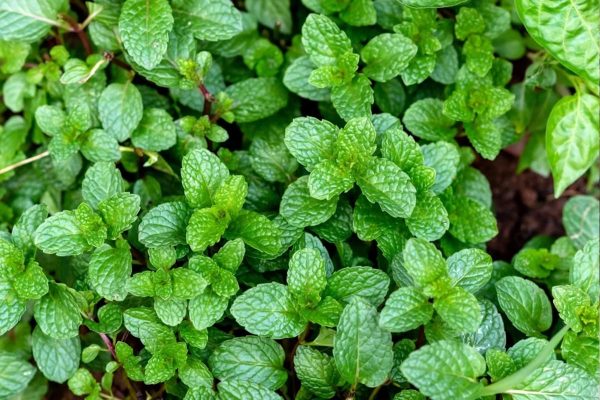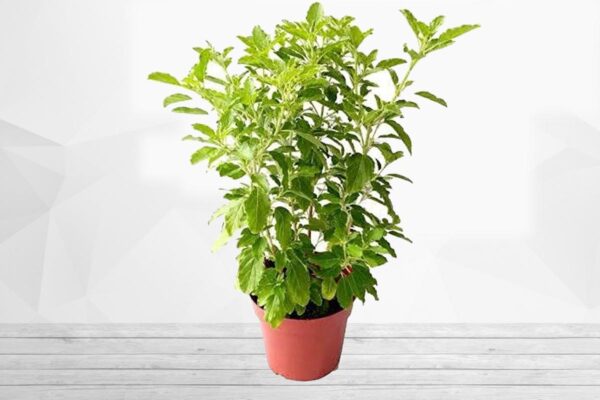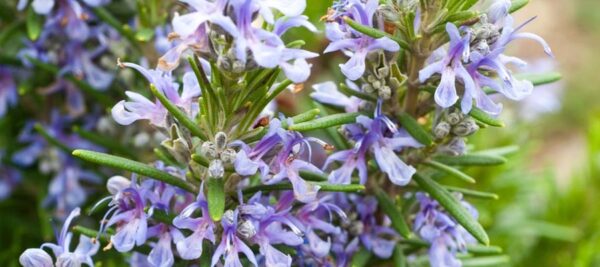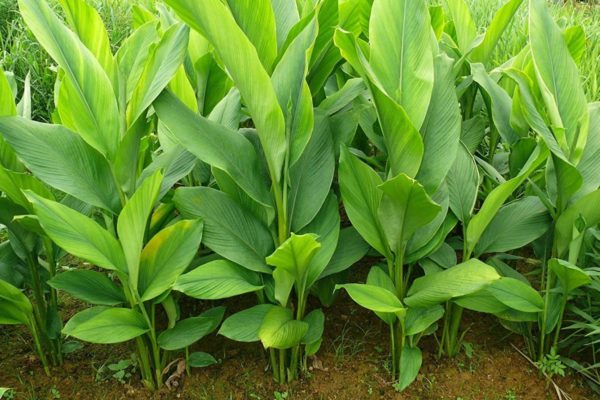
Easy and Budget-Friendly Herb Propagation from Cuttings
Propagation offers a practical and efficient way to cultivate plants using cuttings rather than seeds. This technique is favoured by rare houseplant enthusiasts for obtaining coveted species and presents a budget-friendly approach to establishing a flourishing herb garden, indoors or outdoors. Unlike starting from seeds, propagating herbs from cuttings is a quicker and more accessible method, making it especially appealing to gardening novices. Seeds can pose challenges and may only sometimes yield high success rates, whereas cuttings often root more reliably. This simplified process allows individuals to expand their herb garden quickly, even utilizing herbs commonly purchased at grocery stores. In essence, propagating herbs from cuttings streamlines the gardening experience, making it more approachable and increasing the likelihood of successful root development.

A Culinary Journey with Easy-to-Grow Herbs. From sweet to savoury and even spicy, the herbs on this list are bursting with taste. Whether you’re a seasoned gardener or just starting, many species are readily available and straightforward to cultivate, provided you meet their specific growing conditions. This diverse array of herbs demonstrates that cultivating a delectable garden doesn’t require a green thumb. We’ll guide you through the best propagation methods for each species, including those that thrive with a simple water placement.
Unlocking the Garden: Easy and Budget-Friendly Herb Propagation from Cuttings
- Mint (Mentha)
- Basil (Ocimum basilicum)
- Rosemary (Salvia rosmarinus)
- Sage (Salvia officinalis)
- Lavender (Lavandula)
- Caraway
- Turmeric
- Calendula
Mint (Mentha)

Known for its refreshing qualities and stomach-soothing properties, mint thrives when propagated in water. Opt for a container like a water bottle with a narrow opening, providing a stable platform for the plant. After removing the lower leaves, insert the sprig into the vessel with the stem submerged in water. Within a few weeks, as roots develop, transfer the rooted sprig into a pot with nutrient-rich compost for continued growth.
Also Read This : Top 10 Herbs for Homegrown and Dried Culinary Delights
Basil (Ocimum basilicum)

Few herbs match the heavenly aroma of basil. Propagate this fragrant herb using a 4 to 6-inch stem cut just below a node. Remove the lower leaves and submerge the cutting in a water-filled container. Allow the vessel to bask on your windowsill, promoting a relatively swift growth process. Once the roots extend to around 2 inches, transplant the thriving plant into an indoor pot filled with nutrient-rich soil for continued cultivation.
Also Read This : Rapid Aloe Vera Growth: Essential Tips for Quick Thriving
Rosemary (Salvia rosmarinus)

Transforming store-bought rosemary into a flourishing herb garden requires minimal effort. Begin by taking a sprig and gently removing the lower half of the leaves with your fingers. Plant the prepared cutting in water and position it in a warm area that receives indirect sunlight. As the roots develop, transplant the rosemary into sandy soil. Maintain soil moisture, allowing it to drain completely before the next watering, ensuring optimal conditions for the herb to thrive.
Also Read This : Harvest to Home: A DIY Guide on Making Dry Herbs in Simple Steps
Sage (Salvia officinalis)

Culinary sage is a must-have in your herb garden. Distinguishing itself from other plants on this list, sage is best harvested from the top. Gather approximately 4 to 6 inches of fresh growth from the plant. Strip the leaves from the bottom third of the cutting and initiate root development by placing it in either water or soil. After the roots extend to about 2 to 3 inches, transfer the sage cuttings to a more permanent growing location for continued cultivation.
Also Read This : Plant These 8 Lucky Plants at Home in the New Year 2024
Lavender (Lavandula)

Lavender is edible and offers a distinctive flavour, unlike any other herb on this list. Queen Victoria herself favoured lavender jelly over more traditional options. Propagating lavender can be achieved through various methods, including using cuttings from the new growth at the top of the plant. If temperatures are cooling, opt for a thicker branch, strip off the side leaves, and plant the cutting directly in the soil for more effective propagation than in water.
Also Read This : Biochar Brilliance: Enhancing Soil Health for Sustainable Agriculture
Caraway
Caraway seeds contribute a distinctive taste with hints of liquorice, anise, and nuttiness, often featured in rye bread. To propagate this flavorful plant, begin with a robust cutting from an established, mature plant. Cut the base of the plant and remove the leaves from the bottom third of the stem. Set the cutting in a moist growing medium away from direct sunlight, allowing roots to develop before transplanting the cutting into the soil for further growth.
Also Read This : Tips For Curry Plant Growth: Secrets to Rapid Curry Plant Growth
Turmeric

Turmeric, often called “The Golden Spice” for its versatile benefits, is genuinely beloved. Renowned for its delightful flavour and recognized anti-inflammatory properties, turmeric adds a heavenly touch to your culinary creations. Cut healthy 3-inch rhizomes from a mature plant to propagate this valuable herb. Allow them to dry for a few days before planting them 2 to 4 inches deep with the bud facing upwards. Cover the rhizomes with additional soil, creating optimal conditions for their growth.
Also Read This : Natural Garden Elixirs: 10 Surprising Fertilizers to Keep Your Garden Green
Calendula
Calendula is not just a visual delight but also edible, with its flowers and leaves palatable; it’s even employed to impart a yellow hue to certain cheeses. Initiating your calendula garden begins with a stem cutting from a robust plant. While using root hormone powder can expedite growth, it’s not essential. Plant the cutting in a potting mix, allowing it to develop roots. Once a robust root system forms, transplant the calendula into a larger grow pot or directly into the ground for continued flourishing.
Also Read This : Home Gardening Delight: A Guide to Cultivating Fresh Lemongrass with Ease
In conclusion, cultivating a delectable herb garden is not only a gratifying endeavour but also an easily achievable one through the propagation of cuttings. From the refreshing qualities of mint to the aromatic allure of basil and the distinct flavours of rosemary, sage, lavender, and beyond, this journey offers a rich tapestry of culinary delights. By harnessing the simplicity of cuttings, even novices can effortlessly expand their herb collection. With each method outlined, from water propagation to soil transplantation, the path to a thriving herb garden is paved with flavour and accessibility. Elevate your culinary experiences by embracing the art of propagating these delicious herbs.
Also Read This : Green Guardians: Exploring the Best Plants Used for Hedges




